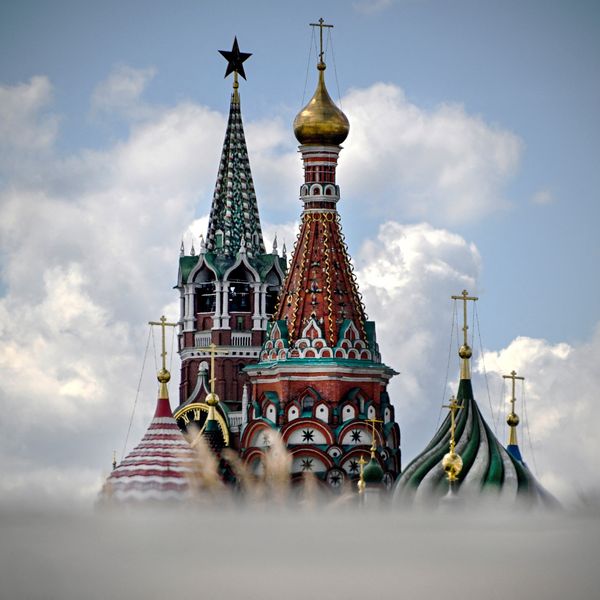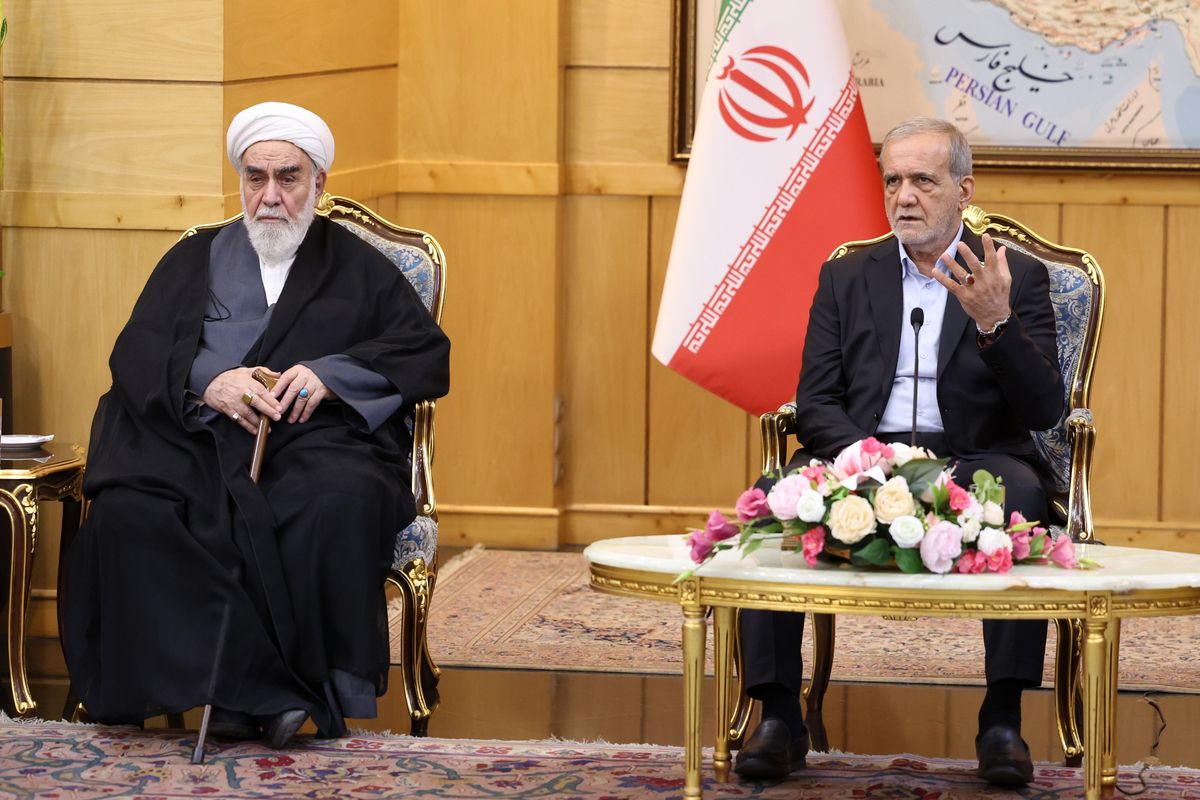The killings of ISIS leader Abu Bakr al-Baghdadi and his possible deputy by U.S. special operations forces are major losses for the extremists, ones that are likely to usher in a period of chaos and improvisation among ISIS fighters. But it would be a fatal mistake to assume that the deaths have destroyed or even seriously weakened the violent cause al-Baghdadi spearheaded. The proof? Important as it was to take down al-Baghdadi’s predecessor, Abu Musab al-Zarqawi, in 2006 and Osama Bin Laden in 2011, the ISIS variant of what they represented rose in the aftermath of their killings and carried out operations that often equaled or exceeded much of what came before.
Among the reasons for continued concern, three stand out.
First, a terror group with a clear strategy and organization is less dependent on individual leaders, and ISIS is more developed on both scores than al-Qaida ever was under bin Laden or his successors. ISIS strategy encompasses three concentric rings. The “interior” ring includes Iraq, Syria, Jordan, Lebanon and Palestine. Here, ISIS’ objective is to conquer, defend and expand — and to plan and execute external operations. Its “near abroad” ring comprises the rest of the Middle East and North Africa, extending to Pakistan and Afghanistan. Libya probably remains the central external hub. The objective is to establish affiliates here and increase disorder. In the “far abroad” ring — the United States, Europe, parts of Asia and sub-Saharan Africa — the goal is to establish affiliates, with notable success in Africa and Southeast Asia, and to attack and polarize. Loss of the territorial caliphate in Iraq and Syria has undoubtedly hampered execution of this strategy, but the concepts and many geographic elements survive and continue to operate or await reanimation.
Added to this is the wealth that ISIS amassed during its caliphate phase. In press reporting in 2015, a U.S. Treasury official estimated that ISIS had about $500 million. This is well beyond anything possessed by al-Qaida, which was always scrounging for money. I doubt that experts today have any confident estimates of the degree to which this wealth has shrunk, and it may still give ISIS leaders the flexibility to hire experts, buy weapons and deploy operatives. On the latter score, ISIS has easier access to the West than al-Qaida did. The 4,500 or so Western recruits drawn to ISIS — we must assume that a sizable proportion of them survive — give it the ability to move among us in greater numbers than al-Qaida ever managed to.
Second, the original causes for the growth of ISIS remain unaddressed and will likely keep the extremist impulse alive in Syria and Iraq. ISIS thrived because the grievances of Sunni Arabs who rose up during the 2011 Arab Spring demonstrations were violently suppressed in Syria by the Assad government, monopolized by the Alawis, a non-Sunni minority sect. This drew Sunnis from throughout the Arab world to Syria at a rate of about 1,000 per month from 2014 to 2015, many of whom joined ISIS or al-Qaida affiliate groups. Now that Assad, with the help of Russia and Iran (a Shiite state), is once again in command of much of the country, these grievances will continue to fester and likely draw adherents from the region to any opposition movements that survive or revive. And in Iraq, broad discontent with the government, manifest in growing public protests, will also be fertile soil.
Third, the U.S. appears to be sharply reducing its presence in and attention to the area. In Syria, Trump wobbles between withdrawal and vague plans to keep an unspecified number of troops there to secure oil areas. The net is likely to be a diminished ability to monitor developments on the ground. Meanwhile, the situation in Afghanistan is on hold as a withdrawal plan negotiated by U.S. special representative Zalmay Khalilzad in early September faces an uncertain future. With a reduced presence and unsettled commitment, Washington will have more trouble locating, disrupting and destroying ISIS elements.
In the background, some of al-Qaida’s heirs are slowly putting down roots in Syria. The group’s elements have gone through various transformations and name changes since the leadership sent a vanguard group there about four years ago. The Syrian chaos and the different priorities of the United States, Russia, Iran and the Assad regime create opportunities for these al-Qaida elements to survive and grow — some with renewed interest in attacking the U.S.
If it’s possible to have a bottom line amid such confusion it is this: We need to be cautious about counting terrorists out after every big tactical victory. Normally such victories involve blows to the leadership. But equally important are two enduring factors — terrorist access to safe havens that allow them to recover, plot and train, and the multitude of societal and economic ills that undergird the extremist phenomenon in many parts of the world. The latter two conditions continue to exist in such abundance that we dare not yet lower our guard.
Former CIA Deputy Director John McLaughlin is a Cipher Brief Expert. His column first appeared in Ozy, where McLaughlin is a regular contributor.
Read more national security insight, perspective and analysis in The Cipher Brief














